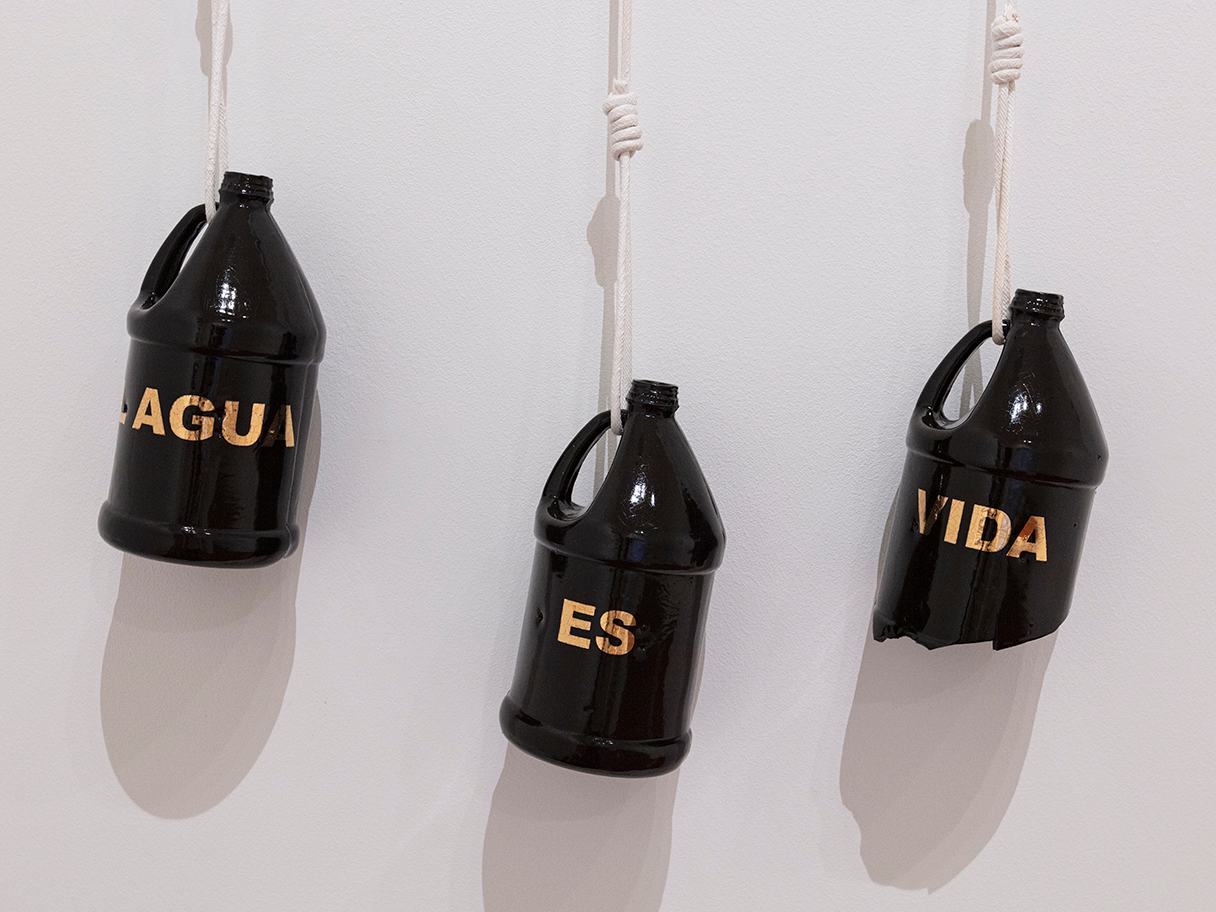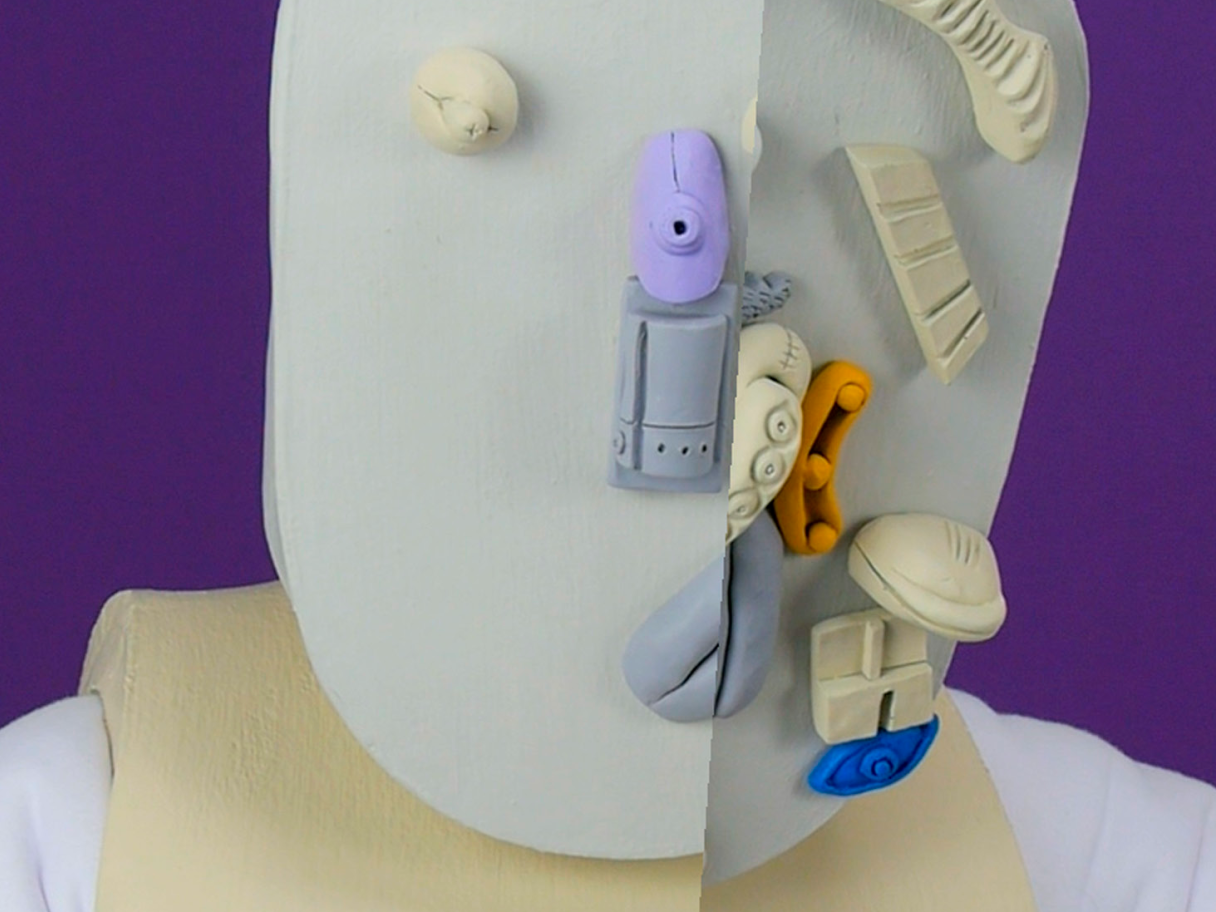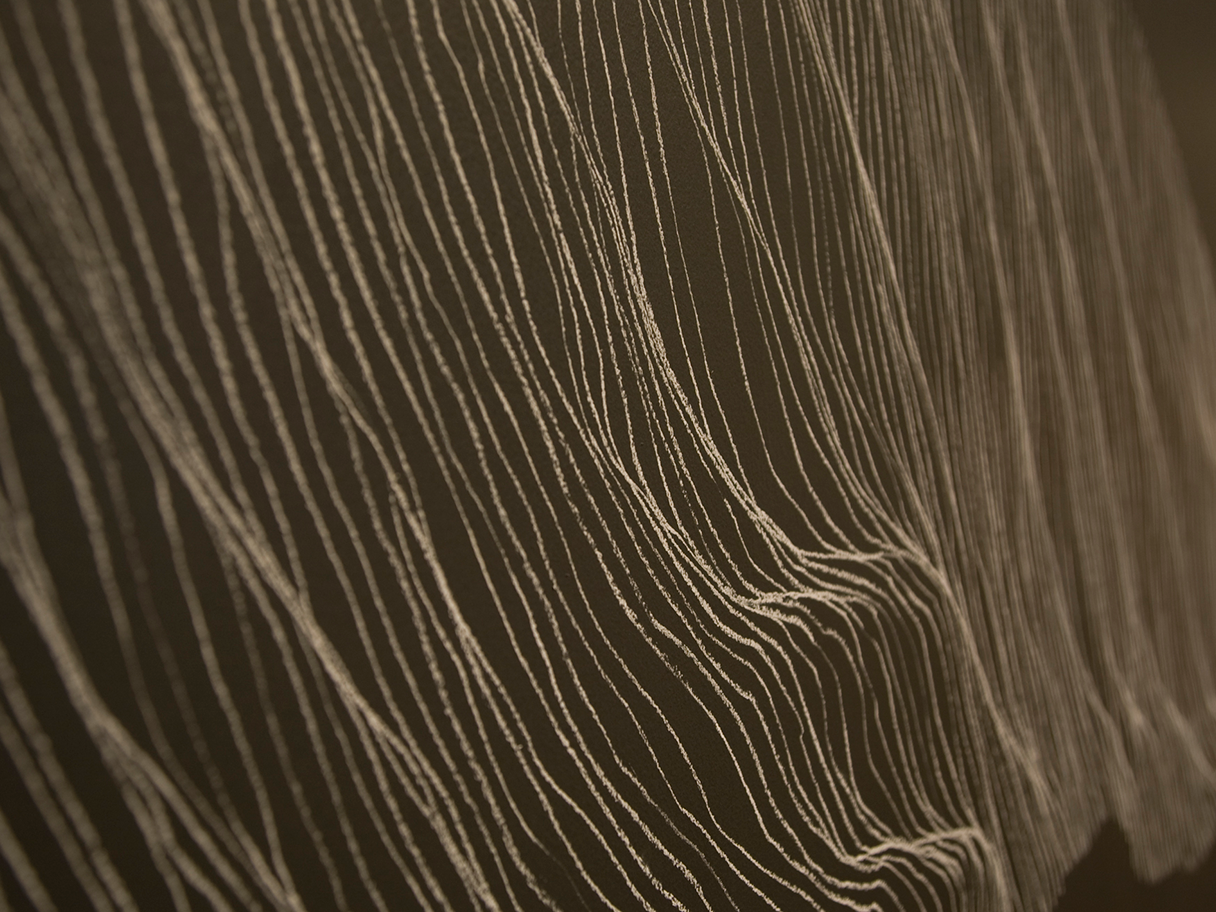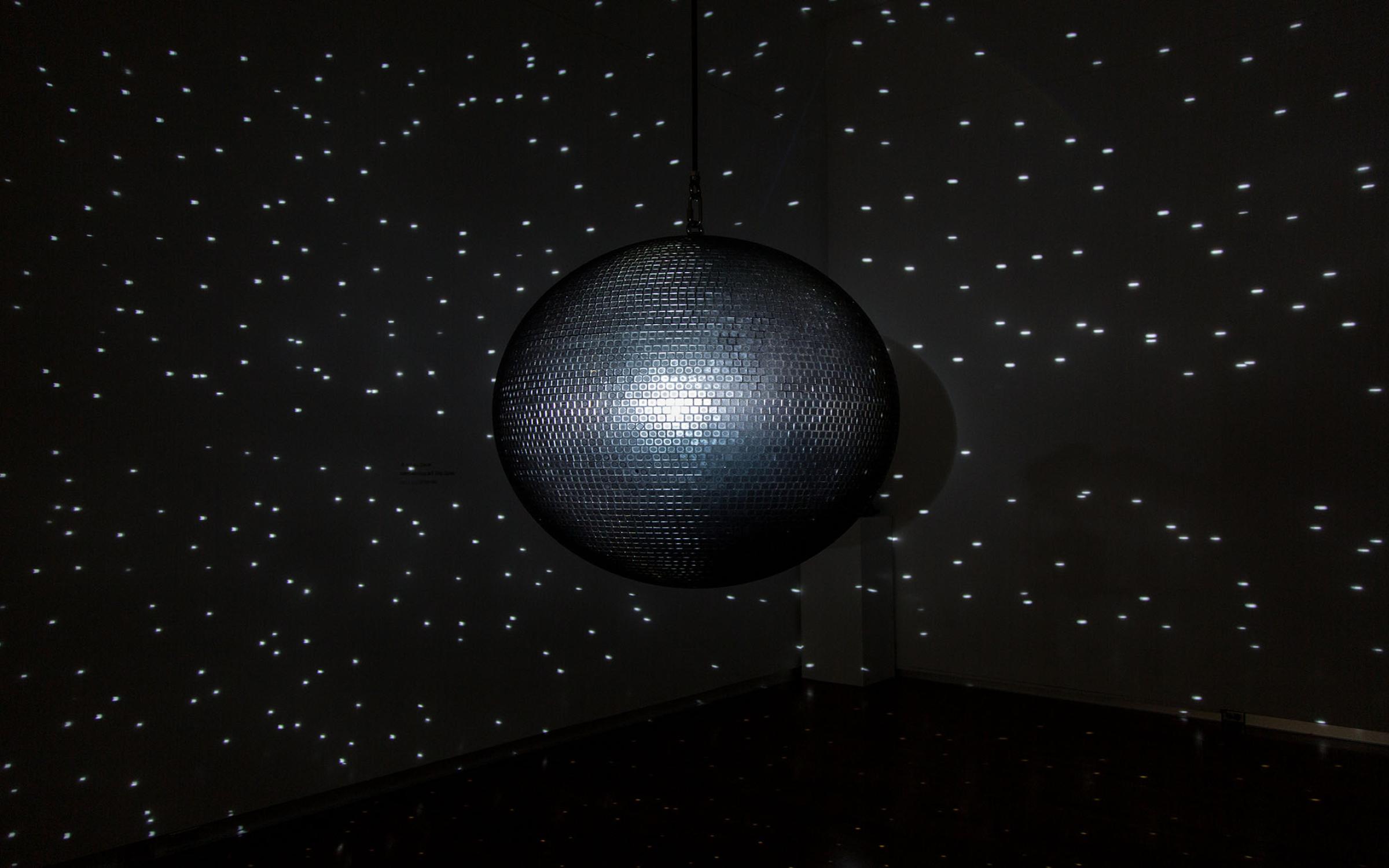
salt is an ongoing exhibition series that showcases work by emerging artists from around the world. The series aims to reflect the global impact of contemporary art today, providing rich opportunity to engage with local, regional, national, and international artists who are driving contemporary artistic practice.
salt emphasizes collaboration with artists early in their careers – the exhibitions are often artists’ first in a museum, their first in the American West, or their first in the United States. With the publication of an accompanying catalogue, salt also initiates and extends critical scholarship that supports artists’ ongoing practices.
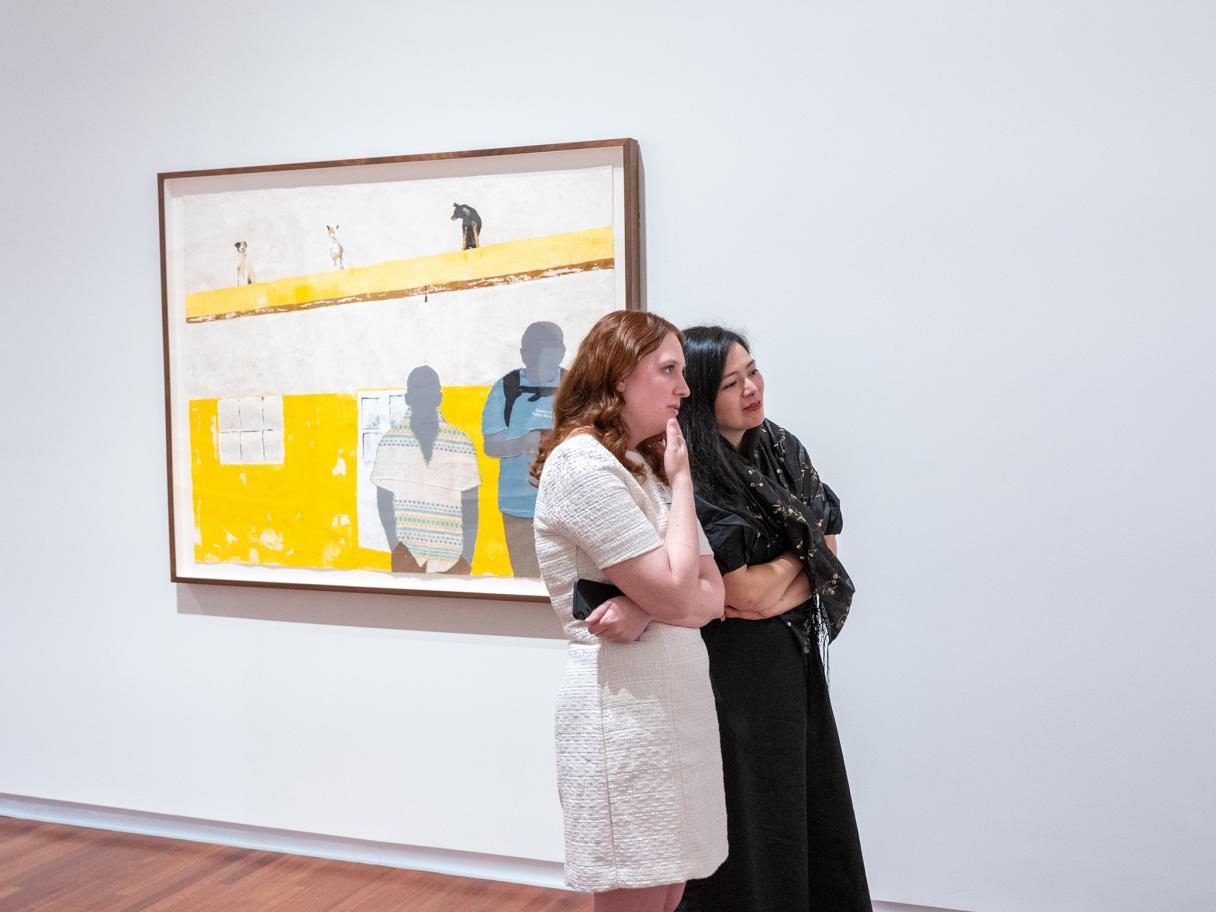
Arleene Correa Valencia is an emerging contemporary artist interested in migration, family, and the visibility/invisibility of undocumented people in the United States. Born in Michoacán, Mexico, Correa Valencia fled with her family to the United States at age three and grew up in Napa Valley. The prolonged experience of separation when her father left to find work made a profound impact on Correa Valencia’s childhood and outlook. Her artistic practice continues to explore the grief, anxieties, and fears of repeated separation alongside the joys of reunited life together.
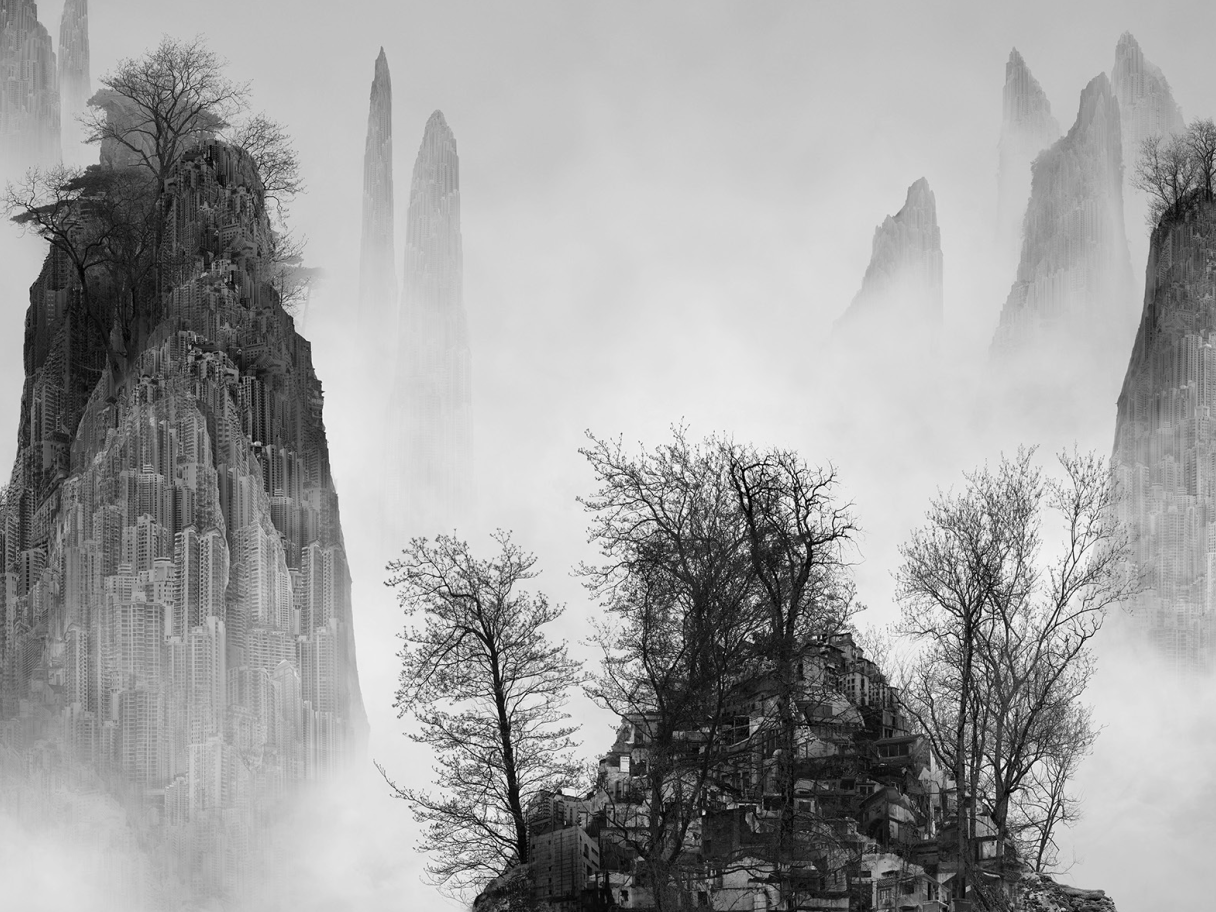
Yang Yongliang presents the ancient tradition of Chinese landscape painting (shanshui) through a twenty-first-century, photographic lens. Similar to painters of the near and far past, Yang creates landscapes to reflect his view of the world, yet his photographic interpretations offer a critique of a dire reality.
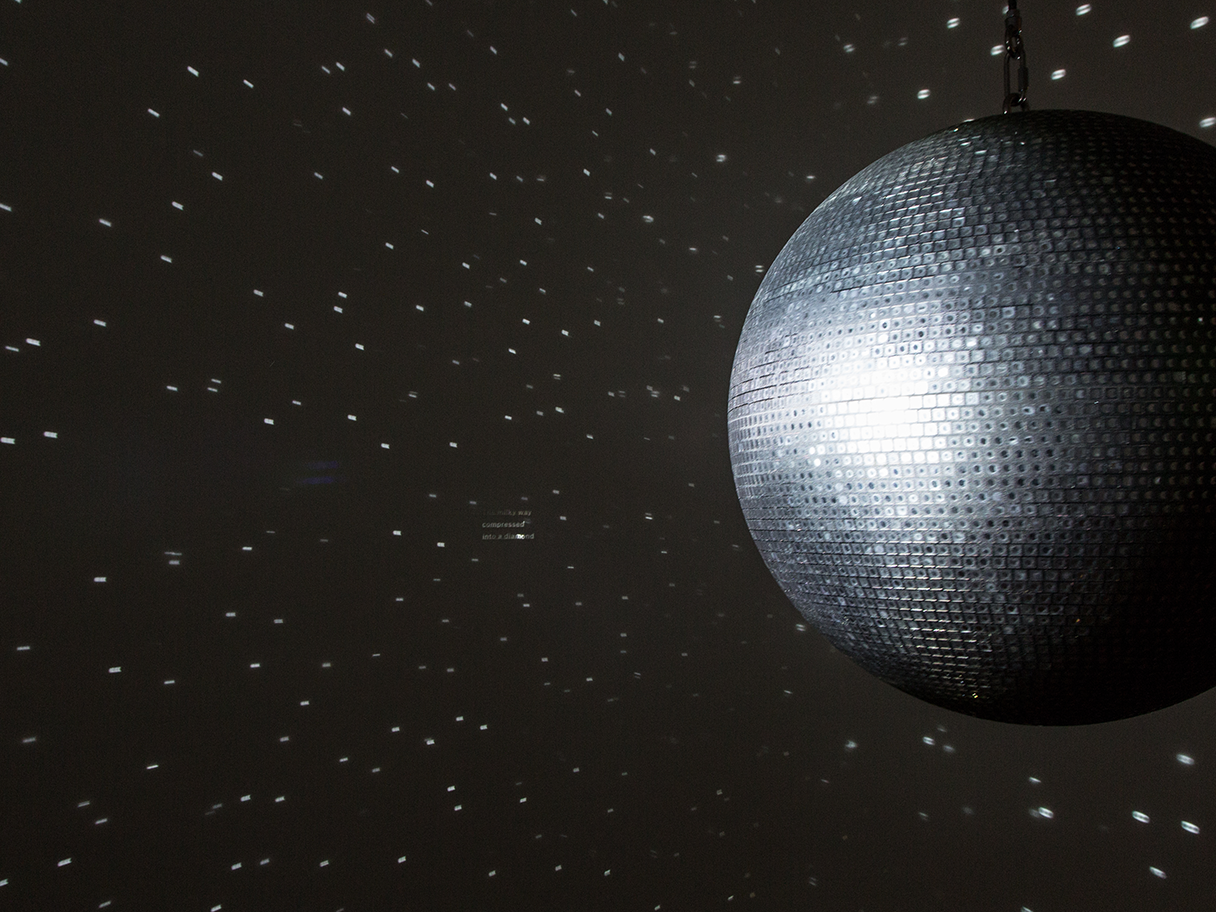
Katie Paterson's artworks explore space and time, often using technology to bring together the commonplace and the cosmic. Her work has been concerned with notions of micro and macro, collapsing distances, time-cycles and timescales, and relations between geological time and human time.
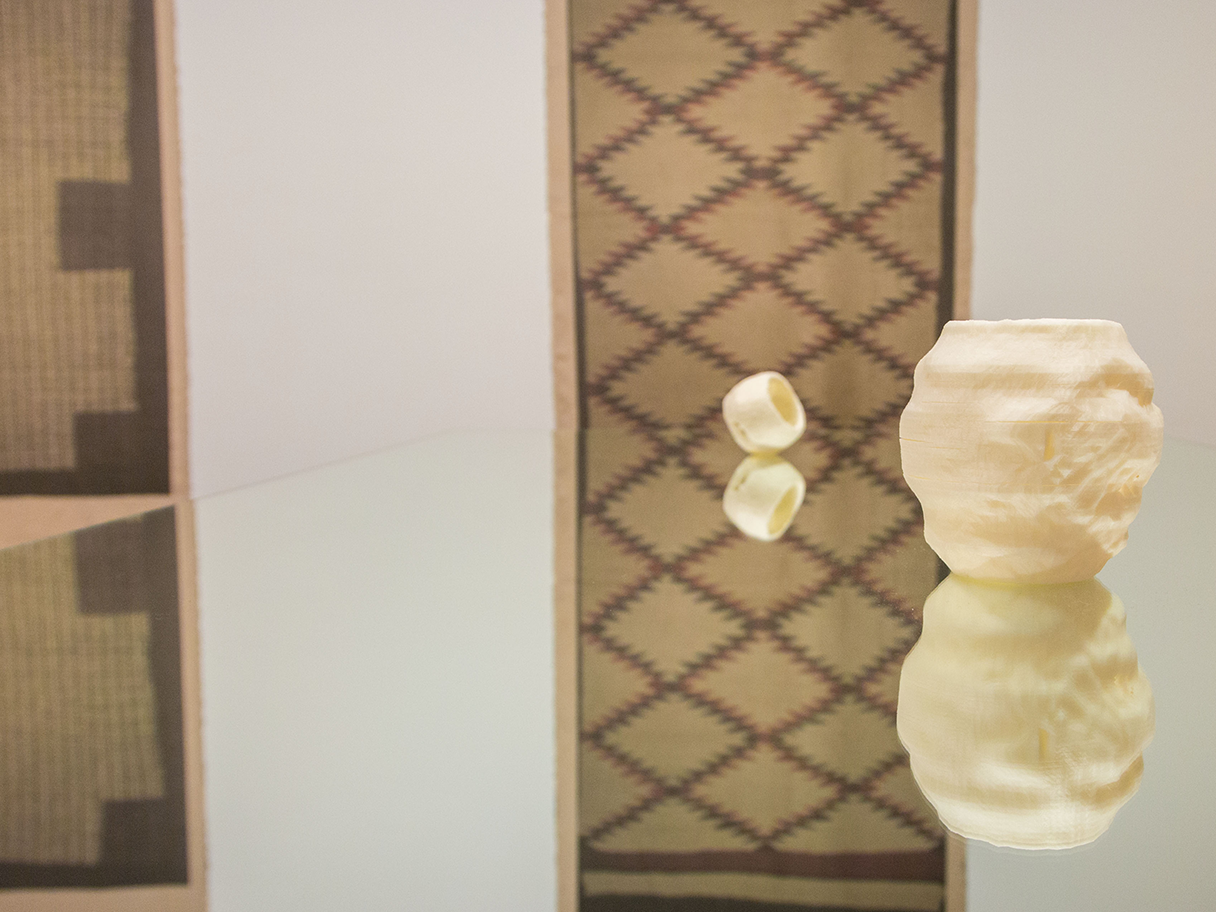
Linklater, who is Omaskêko Cree from Moose Cree First Nation in present day Ontario and has a degree in Native Studies in addition to his art degrees, repeatedly addresses the ongoing legacy of colonialism in his multidisciplinary work, whether he is appropriating offensive racial slurs from Jay Z’s song lyrics or calling attention to under-recognized American Indian artists.
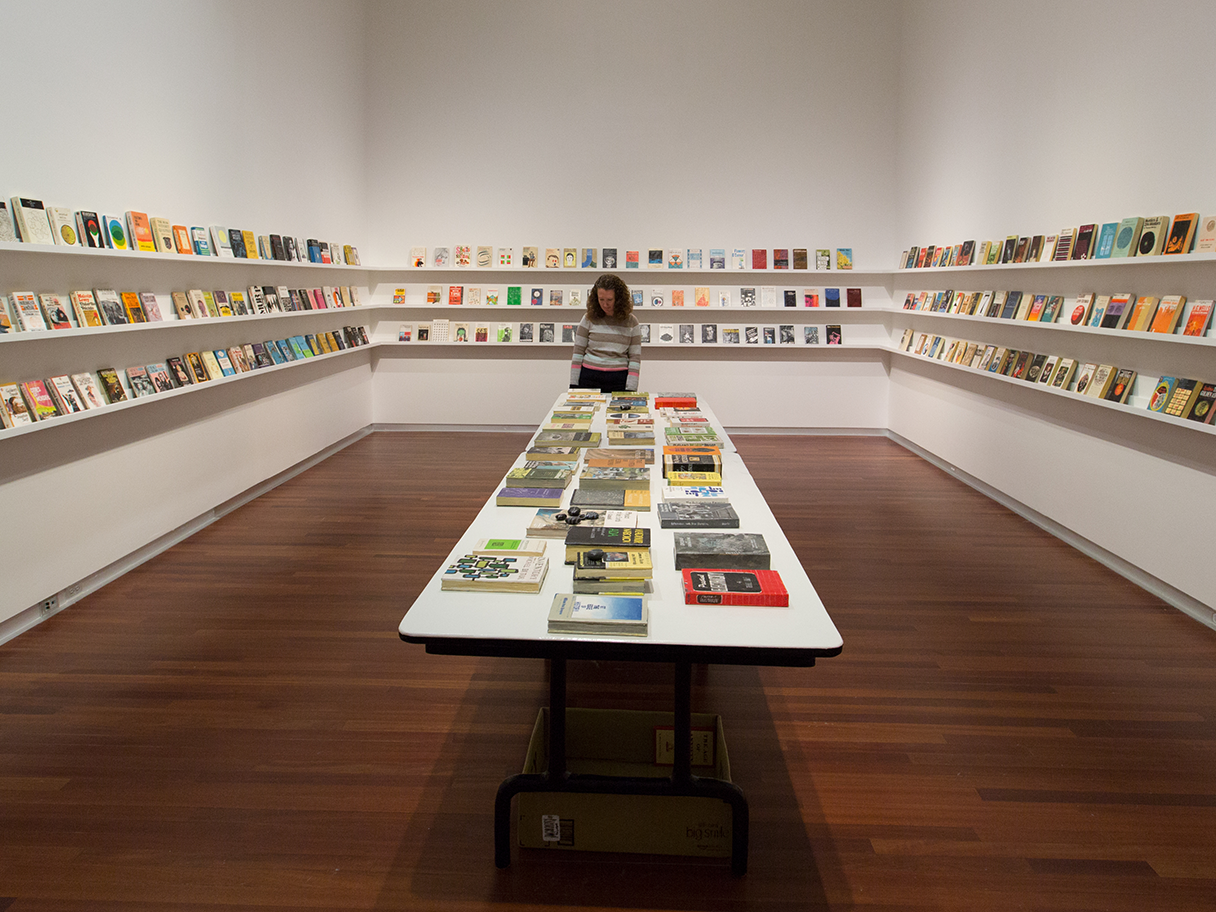
For his salt exhibition, Conrad Bakker debuts Untitled Project: Robert Smithson’s Library and Book Club, an ongoing artwork consisting of over 300 books on tables and shelves at the Utah Museum of Fine Arts. The books are culled from the oft-cited catalogue of Robert Smithson’s (American, 1938-1973) personal library and span a range of topics that interested the artist before his untimely death at the age of thirty-five.
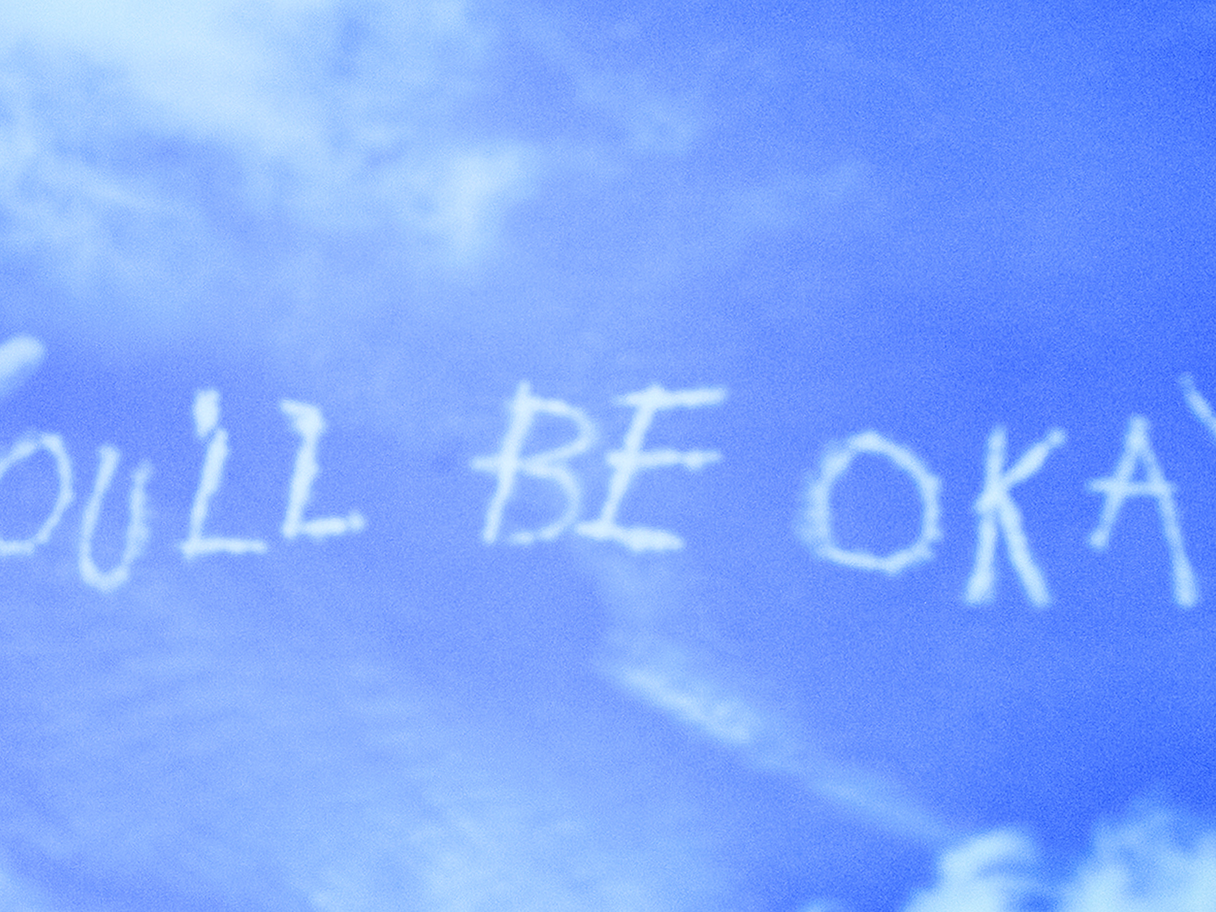
At the entrance to her salt 9 exhibition, a digitally edited version of Mayer’s analog birth video depicts the artist giving birth to her self, to her virtual identity. A framed script displayed next to the video positions the event as premeditated and rehearsed.
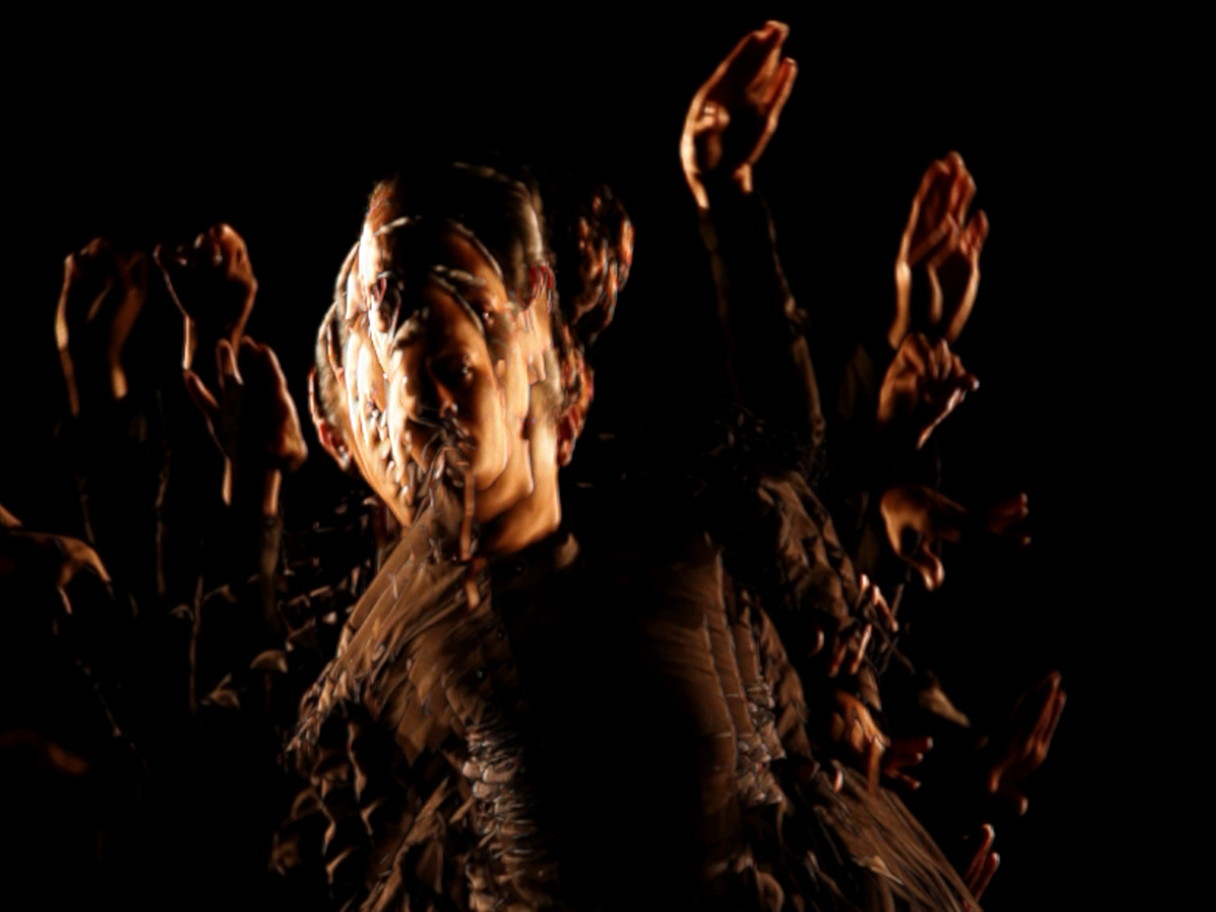
In 2002, Shigeyuki Kihara performed Taualuga: The Last Dance at the 4th Asia Pacific Triennial of Contemporary Art in Brisbane, Australia. Since then, Kihara, who was born in Samoa in 1975, has continually revisited this performance, shaping it into a poignant social commentary that weaves together past and present colonialism, the subjectivity of native women, and the present and future consequences of humanity’s impact on the earth.
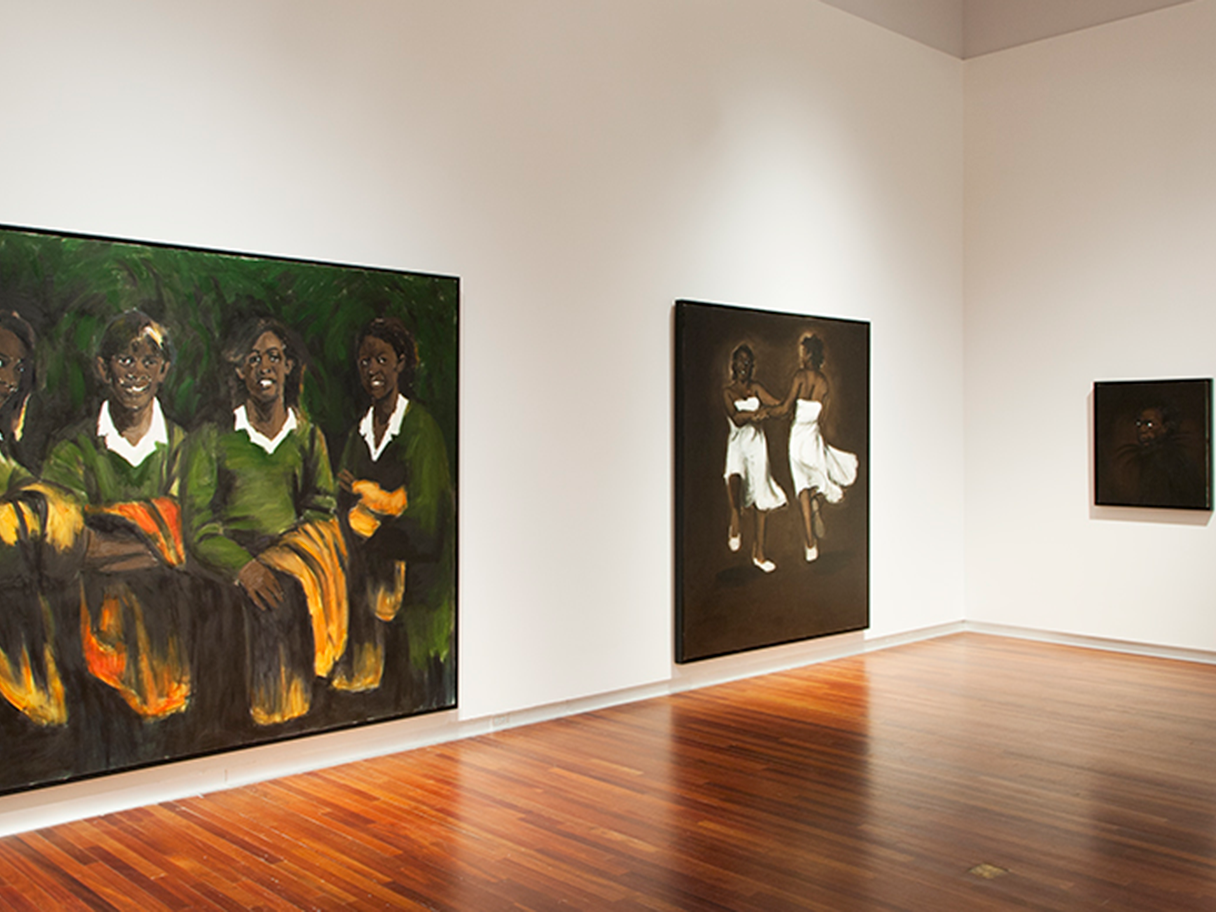
Lynette Yiadom-Boakye paints people, but not real ones. Instead of focusing on the needs of a living subject, she partners with paint, respecting and responding to its formal qualities to elicit a rendering of the world she sees and experiences.
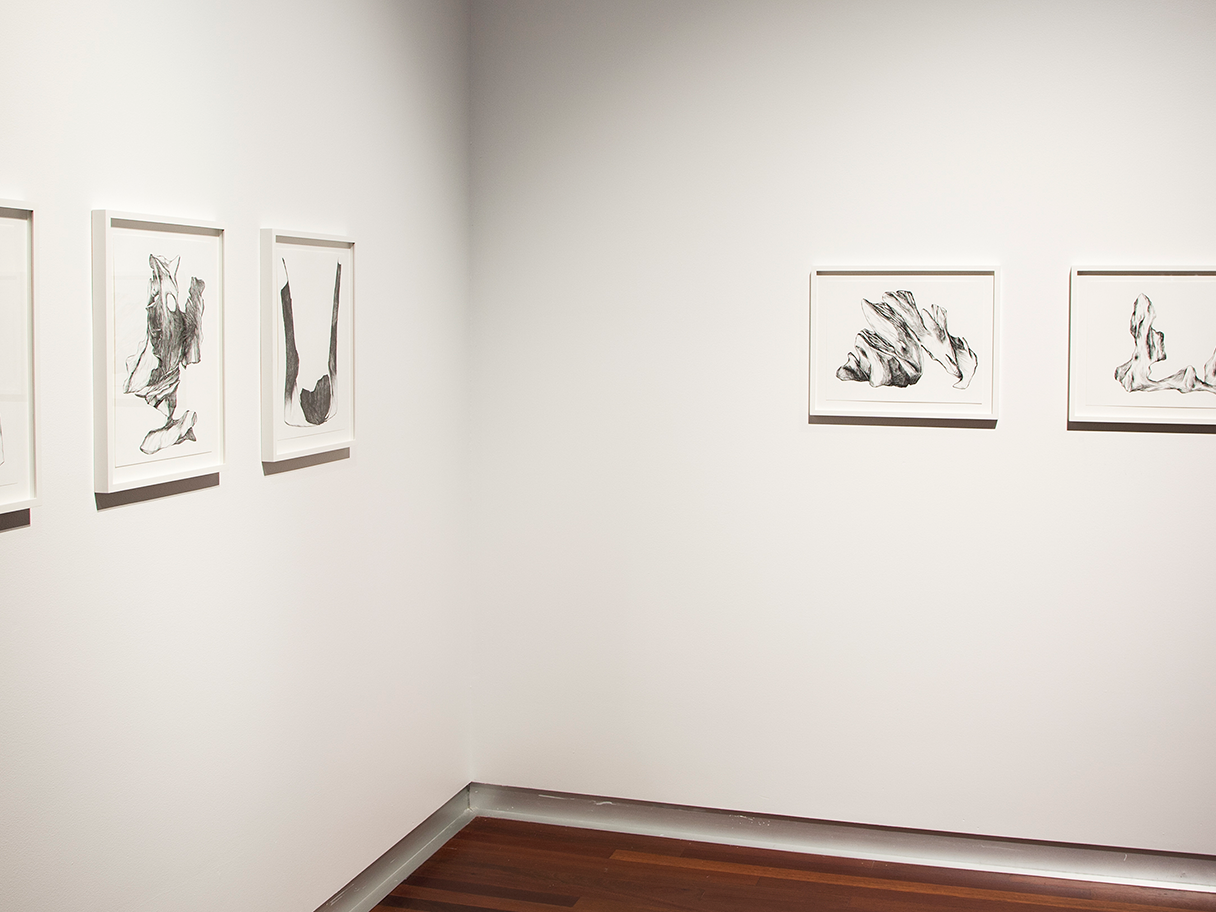
As an artist, Hüner travels between mediums and genres and geographies. Born in Istanbul and now based in Berlin, his practice encompasses drawing, animation, video, film, sculpture, installation, and occasionally printmaking. These diverse media are vehicles for ideas connected to dense constellations of literary, filmic, artistic, and scientific reference points.
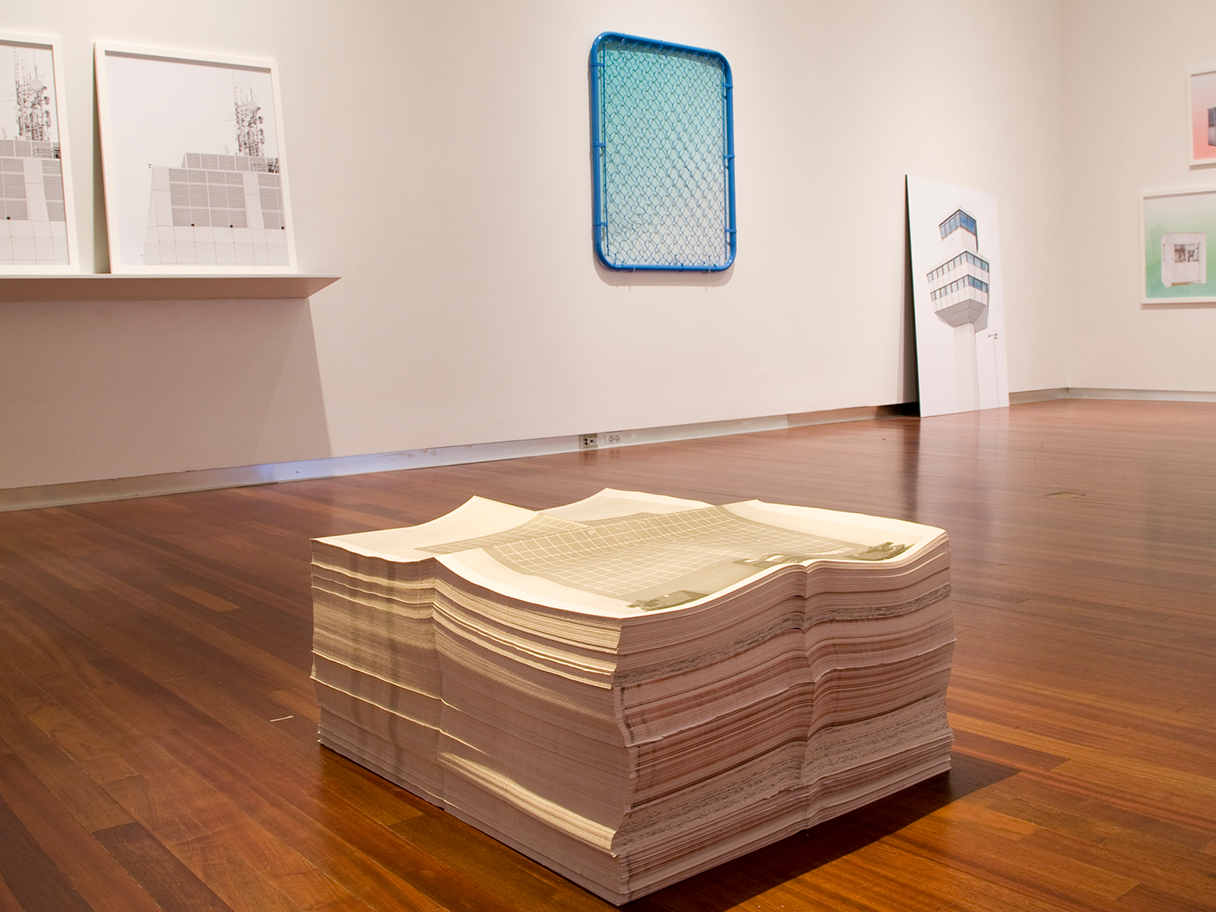
Daniel Everett’s work often depicts a certain kind of anonymous architecture: security booths, surveillance towers, airports, and various passageways, like elevators and corridors with moving walkways. These are places defined primarily by what lies beyond them; places that serve to channel or control those who pass through or past them.
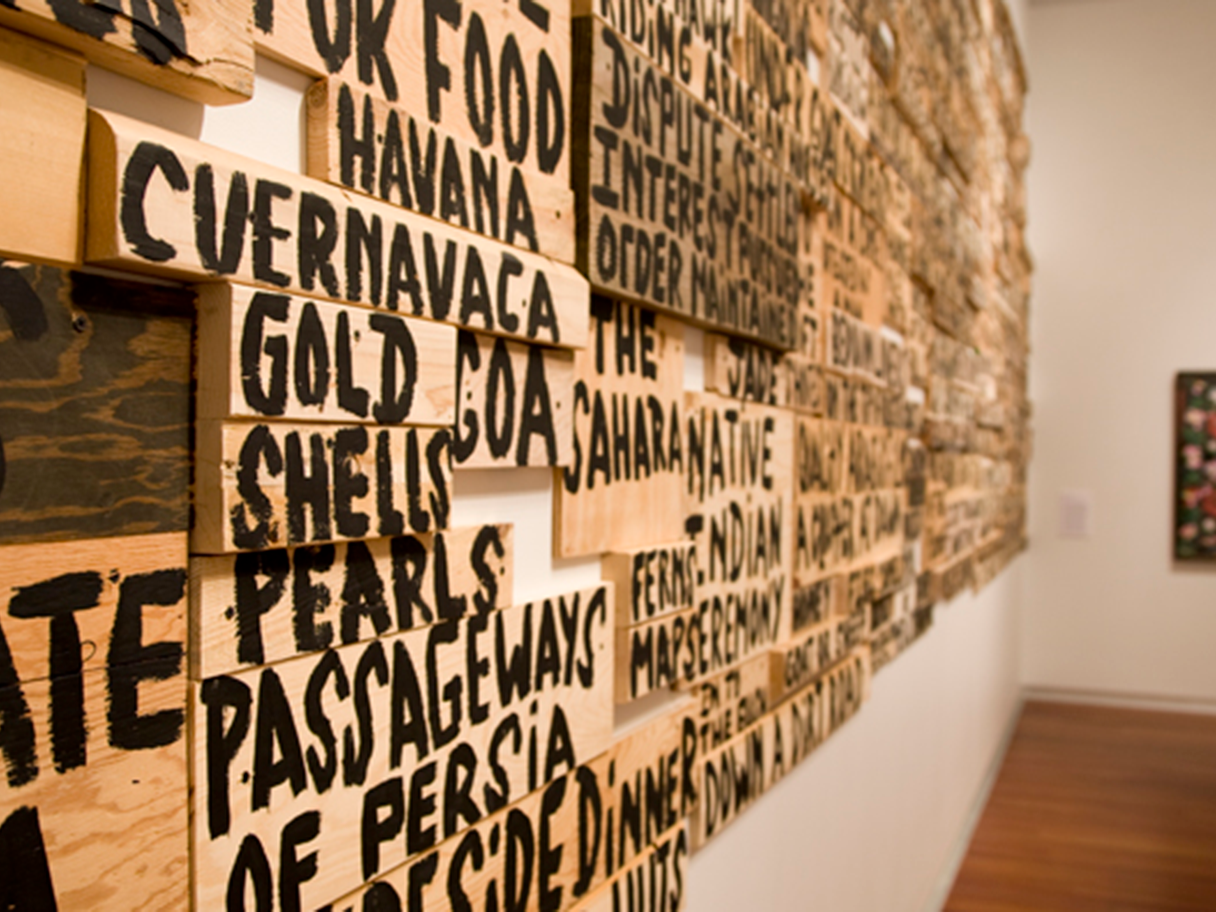
The figures we encounter in Xaviera Simmons’s photographs are often on their way to someplace else. We catch them in transit: travelers, wanderers, migrants, and nomads. Some appear as expeditionists and explorers; others may be pilgrims, or gypsies, or drifters. All seem to inhabit a space somewhere between departure and arrival.
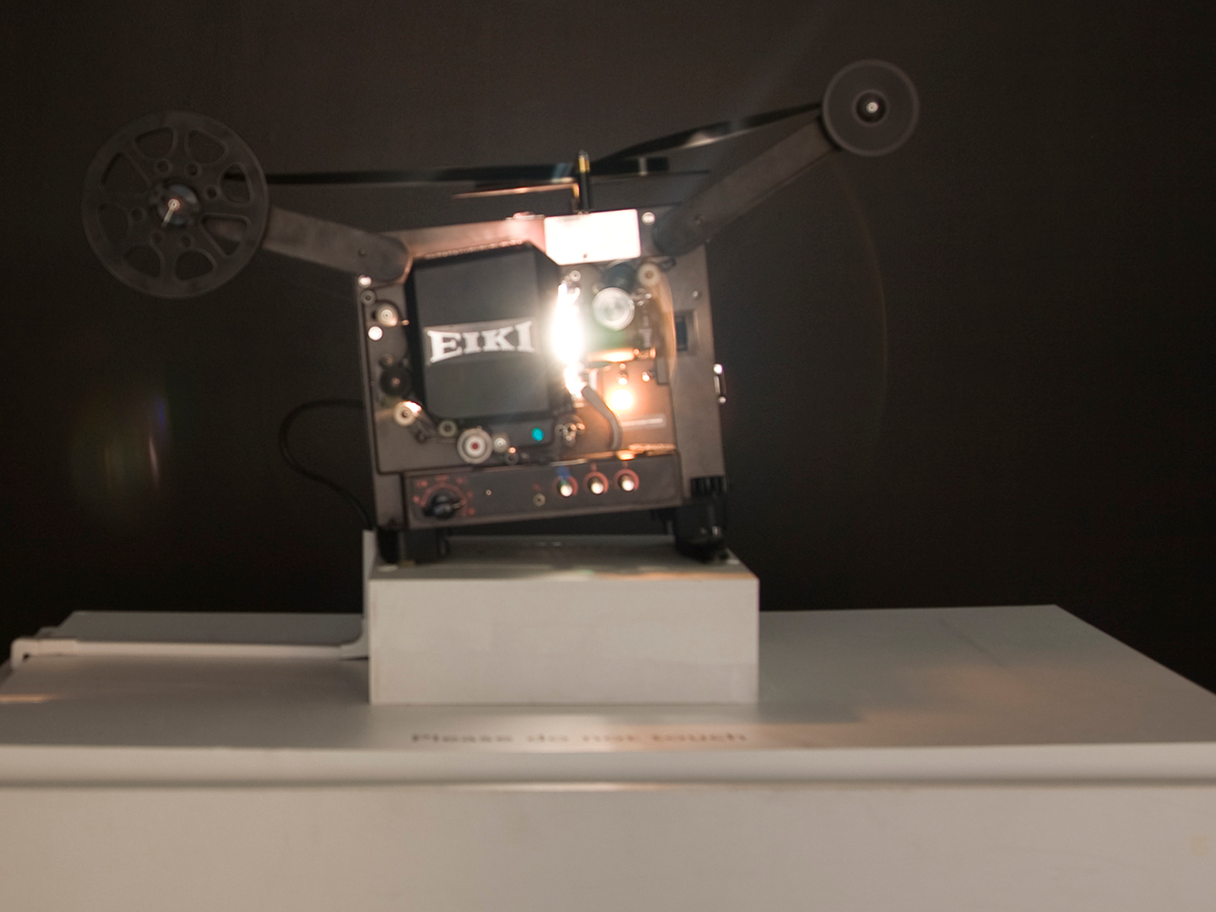
In the shaky opening shots of Cyprien Gaillard’s 16 mm film Cities of Gold and Mirrors (2009), we encounter a group of American teenagers—or perhaps they are a bit older, frat boy and sorority girl types—on spring break in Cancun. Against a backdrop of palm trees and a hotel resort designed to imitate an ancient Mayan pyramid, they walk toward the camera, clad in swim trunks and bikinis.

In this inaugural installment of the UMFA’s salt exhibition series, Mexico City-based artist Adriana Lara takes the exhibition format itself as an object of inquiry, arranging unexpected objects in unexpected, sometimes humorous configurations that foreground and dismantle the conventions of displaying and looking at art.

